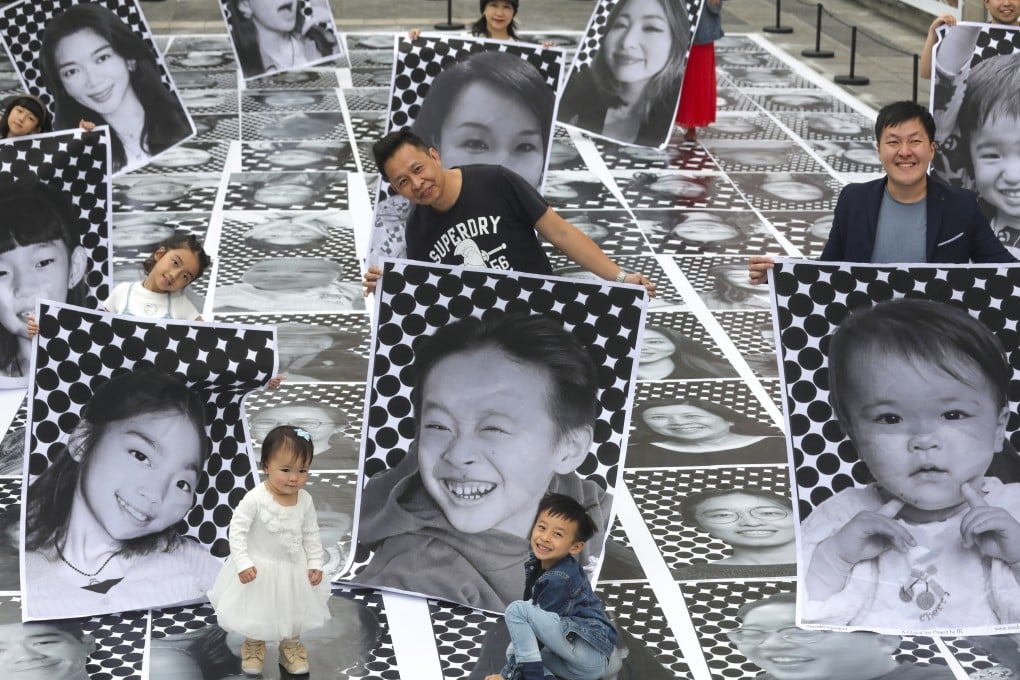Artistic or morbid? Giant art project showing black-and-white portraits outside Hong Kong mall sparks internet debate
- Harbour City displays portraits of Hongkongers without masks to mark end of mandate as part of ‘Inside Out’ project created by French artist JR
- Some internet users point out black-and-white colour scheme alludes to death and misfortune in Chinese culture

An art installation outside Hong Kong’s biggest shopping centre showcasing hundreds of black-and-white portraits of residents has sparked heated discussions online, with some internet users saying it resembles displays commemorating victims of mass tragedies.
To mark the end of the city’s three-year Covid-19 mask mandate, Harbour City in Tsim Sha Tsui invited residents to submit portraits without their face coverings last month as part of the “Inside Out” community art project originally created by French artist JR in 2011.
Almost 500,000 people spanning 149 countries have taken part in the initiative over the past decade, with displays appearing near the Pantheon in Paris and in the streets of Milan.

The enormous collage in Hong Kong featured 450 participants, including celebrities Anthony Wong Chau-sang and Ronald Cheung Chung-kei. Photos were hung on a wall and placed on the walkway outside the shopping centre. Those on the ground are cordoned off so people cannot walk on them.
The project has sparked discussions on social media in the city, as some internet users have associated the black-and-white aspect of the images to death and misfortune. Others said the collage resembled displays in museums commemorating victims of concentration camps and mass shootings.
Black in traditional Chinese culture symbolises death, destruction and sadness, with portraits of the deceased usually shown in black-and-white. The Chinese word for the colour “hei” stands for bad luck and illegality.
Karen Yip Hou-yun, who submitted her portrait, said the public should try to learn more about the aim of the project instead of just focusing on the black-and-white element or superstitious aspects.